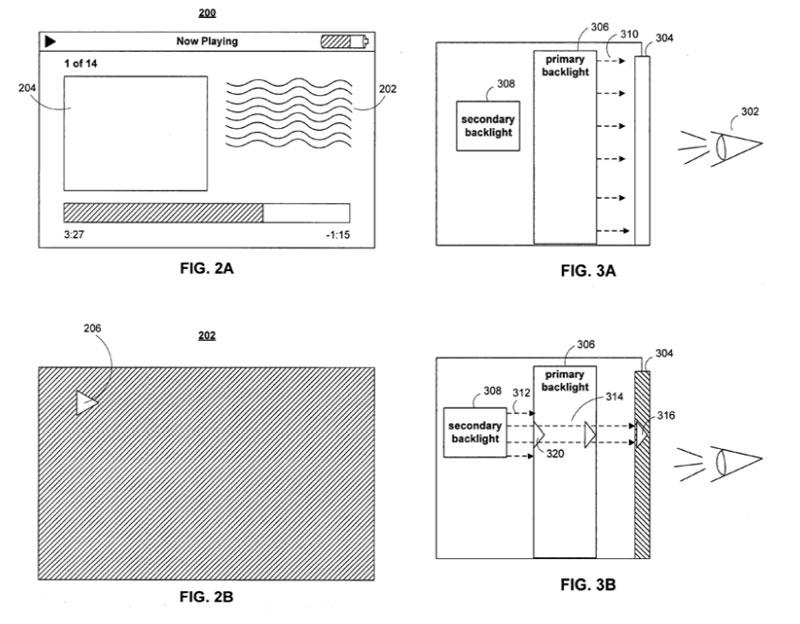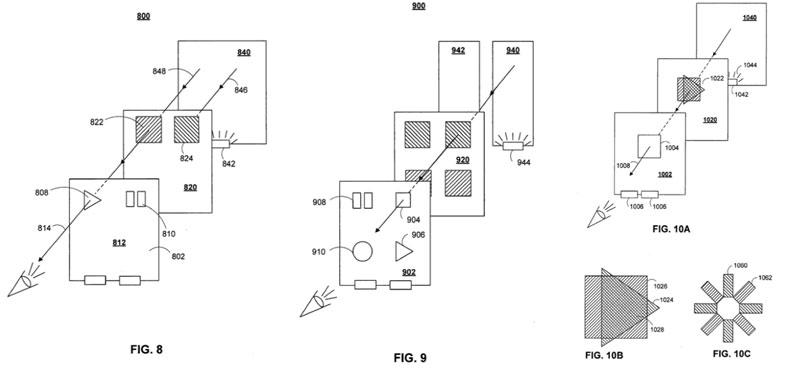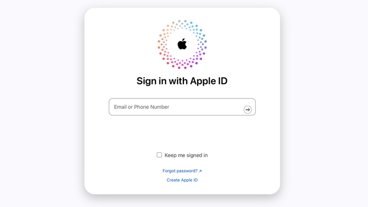Apple developing always-on iPhone status indicators
The Cupertino-based electronics maker notes that a traditional way of conserving energy on handheld devices is to turn off a display when the user does not need or want to view media. However, this approach may make it difficult or impossible for a user to determine the status of the device or identify any pending notifications without first having to turn the unit on.
To address the problem, Apple proposes the implementation of a dual backlight system, where a secondary, low-power backlight system would be positioned behind the primary backlight system. The always-on light provided by the secondary backlight system could then be projected through one or more transparent or semitransparent regions of the primary backlight system to reach the display even when the primary backlight is turned off.
"The primary backlight system may block light from the secondary backlight system except for those one or more regions," the filing explains. "Thus, the size and shape of the status indicator may be set by sizing and shaping the transparent or semitransparent regions of the primary backlight system. In addition to setting the size and shape of the icon, the color of the icon may also be set by adjusting the color of the light provided by the secondary backlight system."
By this method, Apple could provide iPhone users with any number of colored status icons to represent anything from a new text message or email, to missed calls or a low battery warning. The light source within the secondary backlight system could also be turned on and off to create a blinking effect, or the intensity of the light may be varied through pulse-width-modulation.
Therefor, users would be able to determine whether they missed a call or communication without touching their iPhone, which may be positioned on a table or other surface that's within sight but not necessarily in a user's hand. Users would also be able to simply glance at their iPhone when out and about to check its status without having to switch on the LCD display.
Apple explains that in some implementations, multiple status indicator icons may be displayed at substantially the same location on the display. To vary the shape or size of each indicator, the shape and size of the color filters may be varied rather than the shape and size of the transparent or semitransparent regions of the primary backlight system. This could be accomplished by taking color filters of different shapes and with different properties and superimposing them on each other. Thus, the shape of an icon on the display would depend on the color of light provided by the secondary backlight — a technique that may also be used for icons that are displayed side-by-side.
In terms of blinking or pulsating icons, each status indicator provided by the iPhone, whether located at different locations on a display or at substantially the same location, may be associated with light having particular properties.
"For example, each indicator may have a particular color, blinking speed, or light intensity. These properties may be programmed into the electronic device by the user, or may be hard-coded or hard-wired into the system," Apple said. "Thus, when the secondary backlight is turned on, the properties of the light provided by the secondary backlight system may depend on the status of the device. Also, if the status of the electronic device changes while the secondary backlight is on, the properties of the light provided by the secondary backlight system may change to reflect the new status."
The 24-page filing, published for the first time this week by the United States Patent and Trademark Office, is credited to Apple engineer Michael Rosenblatt.
 Slash Lane
Slash Lane












 Mike Wuerthele
Mike Wuerthele

 Malcolm Owen
Malcolm Owen
 Chip Loder
Chip Loder

 William Gallagher
William Gallagher
 Christine McKee
Christine McKee
 Michael Stroup
Michael Stroup






